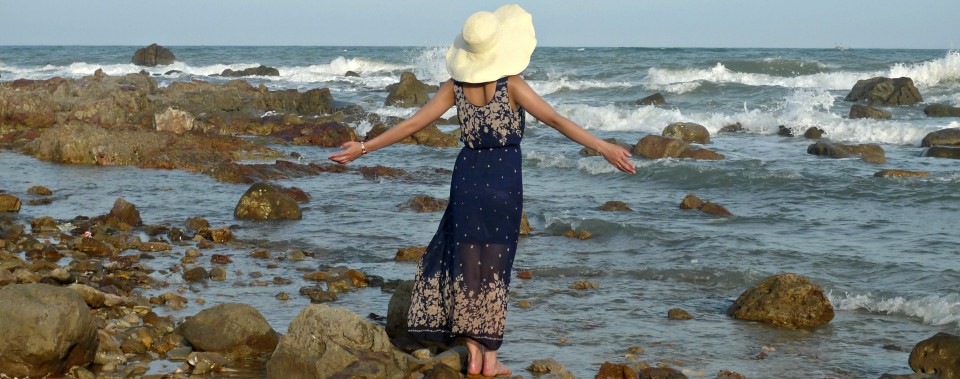Tags
depression, emotions, feelings, film, inside out, joy, Mental Health, mental illness, pixar, review, sadness

I’ve always been a ridiculously emotional person, so when I first heard that Pixar was making a movie about emotions, I knew it would be one to watch out for. Inside Out was released a month ago to practically unanimous acclaim. The story follows the personified emotions of an 11 year old girl, Riley, through a few tumultuous days of a difficult move. Not only was this movie funny, sweet, and accessible to any age group, it was also filled with meaning in every shot.
Inside Out portrays some extremely touching scenes of loss that everyone can relate to, but what stood out to me most was the portrayal of Sadness as the ultimate hero. Ever since kindergarten, classrooms are filled with bright, colourful signs preaching positivity. This attitude is promoted relentlessly wherever we look — regardless of how bad things get, we must always find the light. I wholly admire that view and completely agree, but in emphasizing the importance of joy, other emotions are often overlooked. As a kid, I was told that crying would solve nothing. As I grew older, I soon realized that at least for me, that was not the case. Crying is a release, an acceptance of feeling, and the start of healing; despite this, it is still mostly considered inappropriate in our society and looked down on as a sign of weakness. Throughout the first day of Riley’s difficult move, Joy represses Sadness, keeping Riley positive, just as her parents want her to be. Although Sadness is overcome by the urge to take control, she is denied that right. This eventually leads to one of the best portrayals of depression I’ve yet seen — the switchboard of emotions turns black and Riley is unable to feel anything. At that moment, Sadness is the only emotion that can save her.
Throughout my struggles with mental illness, one of the hardest parts has been trying to put on a positive face for myself, and for the world. Even now, as soon as feelings of sadness or anxiety surface, my immediate response is to dismiss them as unjustified. Being positive can give us energy to pull through, but it does not have the power to heal the way sadness does. In repressing what we feel, it will just keep coming back, until the switchboard turns black. And it is always much better to feel something — anything — than nothing at all.
For me, watching this movie was the first time I felt that I had permission to feel. It was the first time that the benefits of embracing sadness were really explored. Only in grief can we feel empathy, as portrayed when Sadness was the one to comfort Bing Bong, Riley’s imaginary friend, when he was upset. Sadness brings people together, nourishes empathy and understanding, and strengthens relationships and character. It is often due to sadness that true moments of joy are made possible, as shown when one of Riley’s happiest memories was after a big loss in a hockey match when her team and family came to comfort her. Similarly, at the end of the film, it is only after Riley embraces sadness that she is able to heal, reconnect with her family, and find joy once more.

I was planning to see this movie at some point because I thought it looked interesting and cute, but now I want to see it even more because of this post. This is so important to show that sadness, or any emotion, is valid and that we cannot shut out our feelings to fake being happy. Emotions are important and we can’t pretend not to have them because that makes things worse in the long run. We should accept them, feel them, and find ways of coping with them so we don’t get overwhelmed. I understand depression well, but so many people don’t. They think that if you put on a smile then you’ll be fine and you just have to make yourself happy and force down the sadness, but sadness is important, too.
I haven’t seen the movie yet but it seems its a good one for those with mental illness! thanks for the insight!